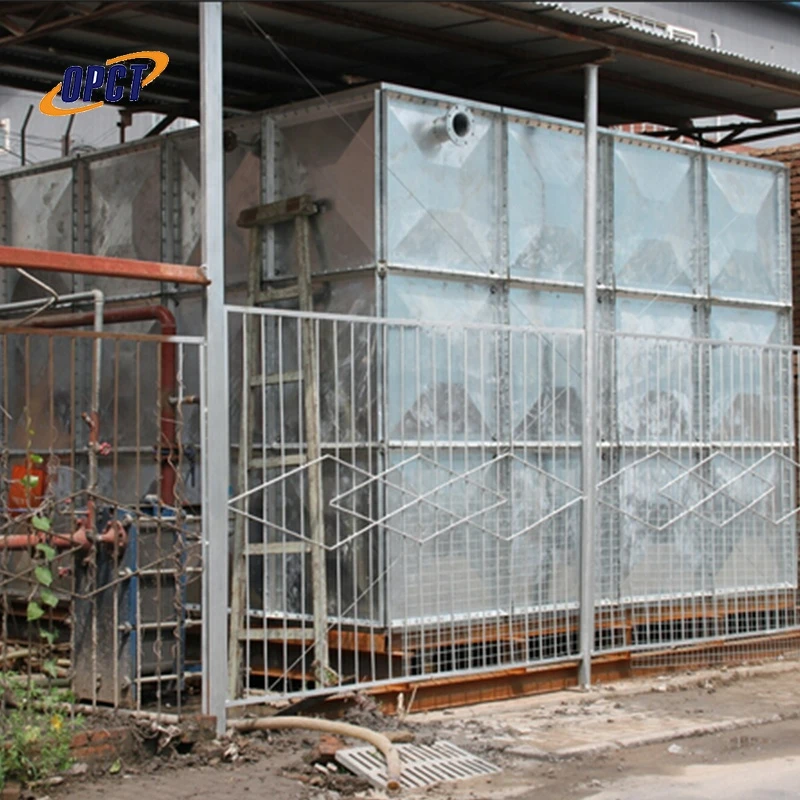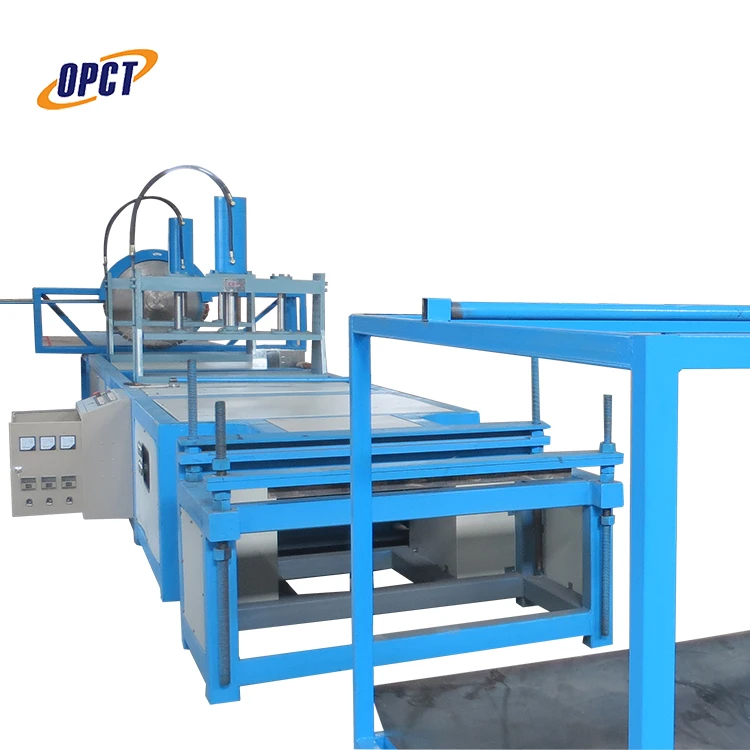Fiber Reinforced Polymer (FRP) profiles are revolutionizing the construction and manufacturing industries, providing an unparalleled combination of strength, durability, and resistance to environmental factors. As an expert in material science and engineering, I have spent over 15 years studying and applying FRP technology across various sectors. Here, I will share insights and experiences, focusing on the qualities that make FRP profiles a superior choice.

FRP profiles are composite materials made by reinforcing fibers, typically glass, carbon, or aramid, within a polymer matrix. This construction gives FRP profiles their remarkable properties high strength-to-weight ratio, excellent corrosion resistance, and appreciable thermal insulation. These attributes distinguish them significantly from traditional materials like wood, steel, or aluminum.
One of the most notable advantages of FRP profiles is their extraordinary strength relative to their weight. In construction, the use of lightweight materials is crucial for reducing the overall load on structures, thereby optimizing design and reducing costs. FRP profiles excel in this regard, offering a robust solution without the burden of excessive weight. For example, an FRP-reinforced bridge can span the same distance as a conventional steel bridge while weighing significantly less, which translates into savings in material costs and construction time.

Corrosion resistance is another key benefit that makes FRP profiles invaluable, particularly in harsh environments. Traditional metal profiles succumb to rust and corrosion, especially in marine or industrial settings where exposure to chemicals and saltwater is prevalent.
FRP profiles, however, are chemically inert and resist corrosion effectively. This resistance not only prolongs the lifespan of structures but also reduces maintenance costs over time. For instance, FRP grating or handrails in offshore oil rigs have shown outstanding durability against the corrosive elements they face daily.
frp profiles
Thermal insulation properties of FRP profiles are yet another reason they are preferred in certain applications. Unlike metals, which conduct heat, FRP materials help maintain temperature stability in diverse environments. This characteristic is particularly beneficial in industries where temperature regulation is critical, such as food storage or chemical processing. The insulating property of FRP profiles ensures that energy is not inadvertently lost, contributing to greater energy efficiency.
Over the years, I have worked with numerous architects and engineers who have been impressed by the versatility and efficiency of FRP profiles. Their applications are boundless, from sophisticated architectural elements to industrial platforms and beyond. Their intrinsic capability to be molded into complex shapes and the variety of surface finishes available make them an attractive choice for creative and functional architectural design. Additionally, the minimal maintenance requirement of FRP profiles aligns well with the modern industry's need for sustainable construction solutions.
Trustworthiness and authority in FRP profile technology are built on decades of research and successful implementation in critical infrastructure. As an industry leader who has been involved in several landmark projects involving FRP, I affirm that their reliability has been consistently proven. Rigorous testing in laboratories and real-world applications under extreme conditions has demonstrated FRP's robustness. Engineers and project managers can trust FRP profiles to meet stringent safety and performance standards, ensuring their projects are not only viable but also future-proof.
In summary, FRP profiles stand as a testament to innovation in material science, offering a unique blend of strength, durability, and flexibility that outclasses many traditional materials. They represent a forward-thinking approach to construction, aligning with contemporary needs for efficiency, sustainability, and economic practicality. For those invested in building for the future, choosing FRP profiles is a decision backed by expertise, experience, and a track record of authoritative trustworthiness in various global applications.




